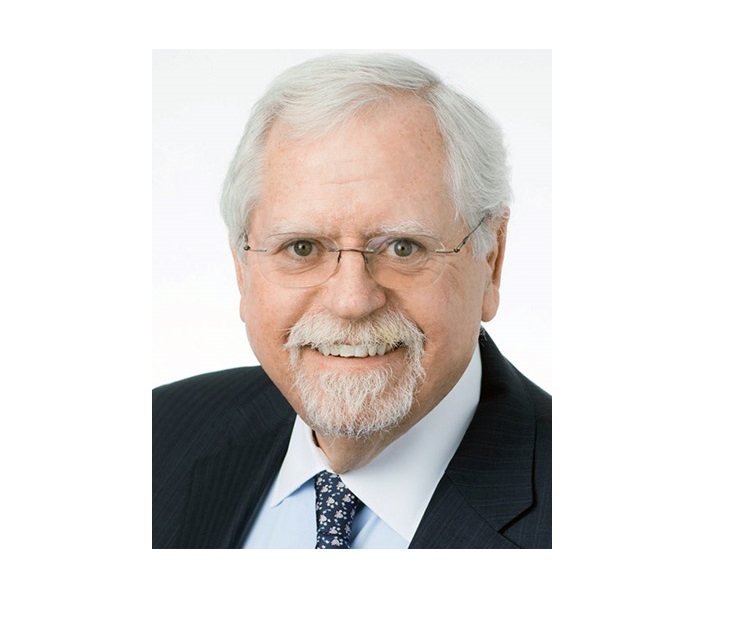Five Years Later, Agency Rebates are Still News: A Conversation with Doug Wood

Since allegations of media rebates surfaced publicly five years ago, few industry professionals have been closer to the issue than Doug Wood (pictured at top), a partner at the Reed Smith law firm and outside general counsel for the ANA. Wood will join a session on this controversial issue at the 2020 ANA Media Conference (March 25–27 in Florida) and sat down ahead of the event for a conversation with ANA Group executive vice president Bill Duggan.
Bill Duggan: So, Doug, what have we learned since Jon Mandel first told a shocked audience about undisclosed rebates and incentives in 2015?
Doug Wood: We've learned the need to change perspective on auditing and make it more forensic. It's too easy for fraudsters to hide in the weeds, particularly in programmatic. Brands need to "follow the money" and insist on supply chain accountability and transparency unless they approve otherwise. While it is a business decision to approve non-transparent transactions — sometimes called "principal buys" or "inventory media" — a brand should do so with open eyes, knowing the agency is making an additional profit in those transactions.
Duggan: What strategy should brands adopt in negotiating an agreement or reviewing an audit?
Wood: The process from negotiating to auditing should be holistic. It begins when a brand engages in a review or RFP; a brand must include the contract with the RFP. The ANA Media Buying Agreement Template is a good place to start.
The brand must set up a strict timetable for the agency to respond and insist that any response explain objections and, where appropriate, offer alternatives. "To be discussed later" or redlines without explanations should not be accepted.
The second stage is compliance. Negotiating even the best contract is a waste of time if it is relegated to a desk drawer. Conduct annual independent audits, keeping in mind that a brand can learn much from information that is withheld by an agency. Finally, if a brand has concerns, it can hire a company like K2, Kroll, or others to investigate.
Duggan: Reed Smith has considerable experience negotiating media buying agreements on behalf of brands. Can you share with us what the biggest challenges are in those negotiations?
Wood: Every negotiation is different because every brand has different media plan priorities, spending levels, and internal expertise. While some large brands can do much of the negotiations in-house, most brands do not. Auditing and compliance are [at] the forefront as a brand's desire for complete transparency from the AOR and its holding company and affiliates.Working through those provisions is, perhaps, the biggest challenge in negotiations, and the areas most resisted by the agencies.
Disclosure of conflicts of interest is another area of concern. Defining a conflict of interest is one thing; but getting agreement on the process for disclosing when the agency — or its affiliates — has a conflict is not always easy.
Duggan: Has the industry made progress in restoring trust between brands and agencies?
Wood: Yes, but it has been too slow. That's why the ANA started the Trust Consortium in 2019 — to bring participants in the supply chain together to address issues on which we can agree. Undoubtedly, there will be some areas where agreement is unlikely; yet, each conversation about those differences brings more clarity to the issues. I encourage anyone who wants to be a part of the solution to contact the ANA and see how you might participate in the consortium.
Duggan: What is the latest with the FBI investigations?
Wood: We are aware of two active investigations by the FBI: One out of the Eastern District of New York (located in Brooklyn) is focusing on bot fraud. The grand jury in that investigation has issued subpoenas to at least one major agency that, in turn, has asked clients for information regarding bots. The second investigation is out of the Southern District of New York in Manhattan. From the subpoenas we've seen or read about, this investigation is focusing on the type of schemes reported by K2 Intelligence in 2016.
It would be sheer speculation to opine on where or when these two investigations will end; no one knows. Generally, such investigations are either dropped for lack of sufficient evidence or the DOJ issues criminal indictments against companies or individuals. For now, we can only continue to monitor and wait.
Duggan: On behalf of Uber, your firm recently filed suit against Phunware. Among other things, the suit alleges that Phunware and its executives knowingly falsified reports to Uber on click attribution, inflating their compensation. The complaint goes on to describe such activities as racketeering. What's happening in that suit and does it represent an escalation of tensions in digital buying and accountability?
Wood: The Phunware case is active and I cannot comment on it. Nor should anyone make conclusions about liability. Phunware is entitled to provide its defense.
What is clear, however, is that the programmatic media landscape needs increased vigilance by brands and agencies on what is used to measure ROI and compensation. Moreover, that vigilance requires that brands either have in-house technology expertise or retain consultants — inside or outside their agencies — who have the expertise before a brand assumes any metric is accurate.
Don't stop now! Stay in the know on marketing excellence and the future of the industry with more from ANA InSites.
Click the social buttons to share this story with colleagues and friends.
The opinions expressed here are the author's views and do not necessarily represent the views of MediaVillage.com/MyersBizNet.


